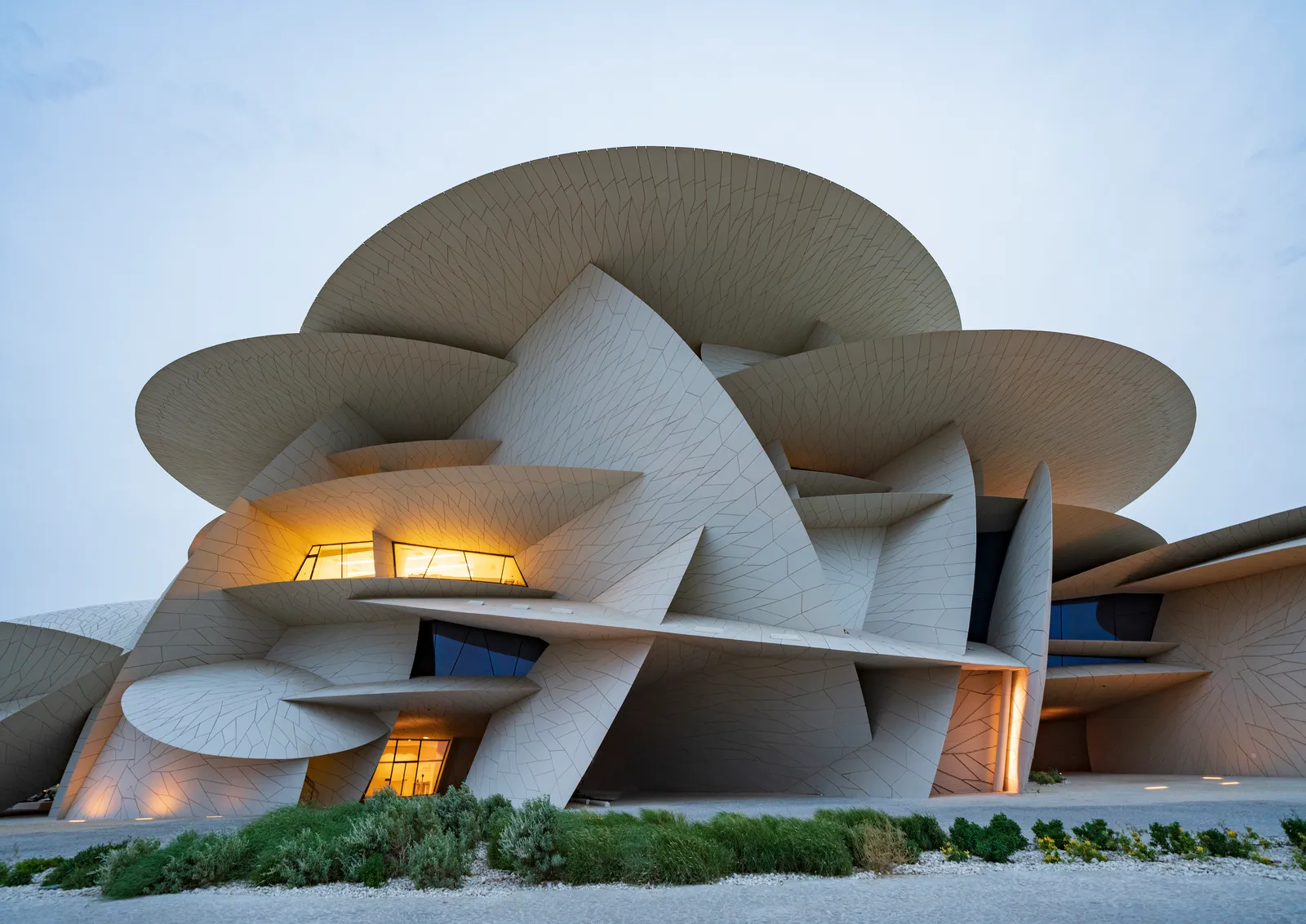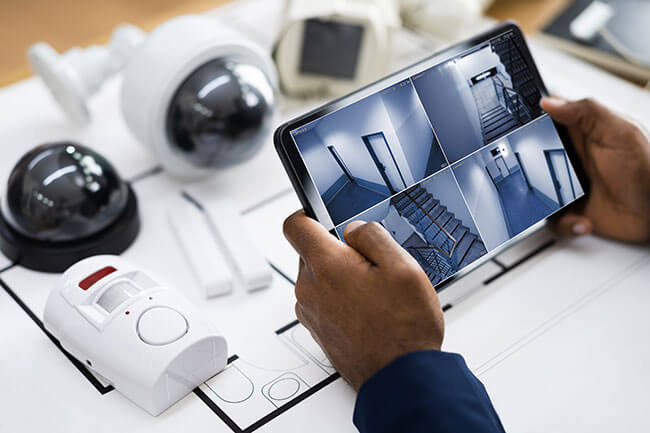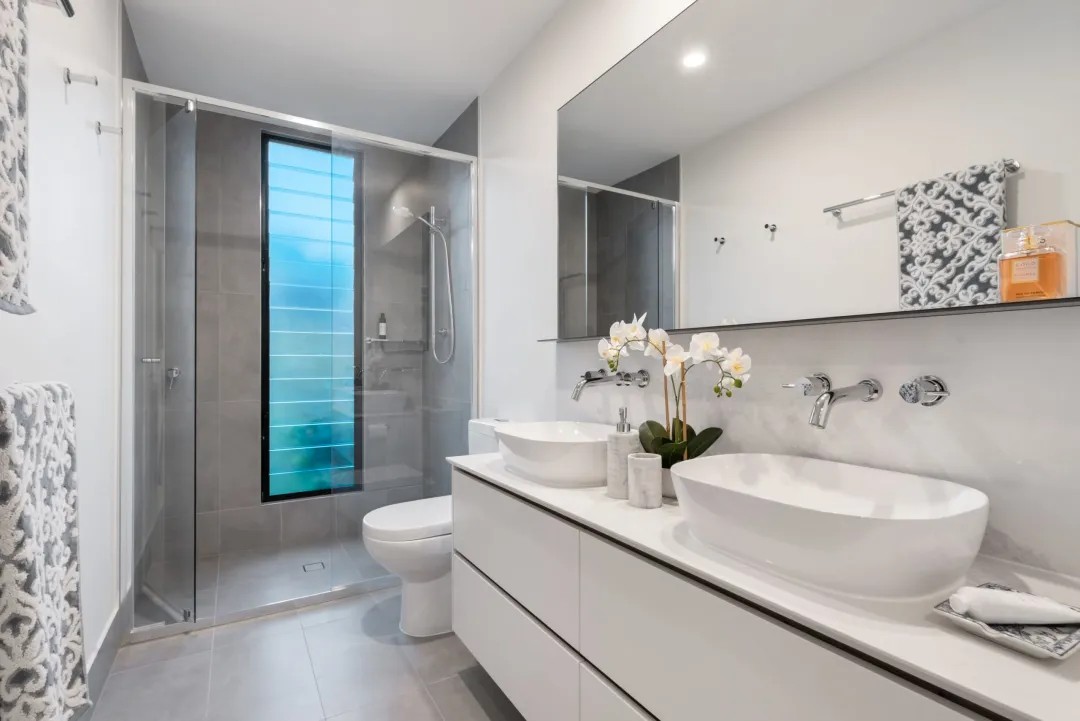Different Design for Buildings

The design of a building may be different depending on its function. Industrial buildings, for example, must be designed with specific requirements. For example, they must incorporate the necessary plumbing and electrical needs for heavy machinery. Moreover, multiple restrooms must be built into the design. There are many other differences in structure between different types of buildings.
Architecture
Different design for buildings is a process that incorporates several phases. The first phase, pre-design, focuses on problem-solving and determining the scope of work. In this phase, architects and clients work together to define the needs and requirements for the project. During this phase, they also research and make decisions affecting the outcome. Some owners decide to do this, while others hire a consulting firm. https://ecomindedsolutions.com
The second phase, called design development, involves developing the basic design of a building. This phase requires sketching and formal drawings. The architect and client decide which interior and exterior finishes and products will be used. After design development is complete, engineering of the building structure begins. Additionally, engineering for the heating, ventilation and energy analysis will begin. Finally, design development concludes when the architect and client have agreed on the interior and exterior designs.
Architectural design phases
Regarding architectural design, different phases need to be followed. Each stage has its own goals, stakeholders, and team members. These phases help architects and clients understand what they should expect throughout the process. Remember that these stages guide the overall design process rather than a definitive plan. While many architectural firms follow the same primary steps, some still need to. There are also differences between different design projects and countries. Here are some tips to follow each step in the proper order.
Using the phases in architectural design makes planning and managing a project more manageable. It also enables architects to be more efficient and get better results. Each stage involves uncovering important information, identifying potential roadblocks, and defining a successful outcome. Each phase includes a detailed set of deliverables.
Standardization of systems
Whether it’s a standardized building design or the choice of equipment, standardization of building systems allows for greater functionality and consistency. There are two main types of standardization, static and customized. Stationary solutions are implemented in large quantities and have fixed functionality, while customized solutions are built for reuse and scalability.
Generally, users of special-purpose buildings consider them unique. For this reason, standardization can be challenging. Ideally, good standards are developed in collaboration with the user or client. Though complete standardization can be difficult, it can be achieved by breaking it down into appropriate levels. For example, when implementing a standardized building design, it is vital to consider the site’s real estate and geometry differences.
Standardization also improves quality and speed. In addition, it provides a template that prevents teams from reinventing the wheel.
The functionality of a building
Buildings are designed for varying purposes and can have various levels of functionality. These factors include the use of the structure, occupant behavior, and external weather conditions. A functional design can improve these aspects while reducing energy consumption and costs for the building owner. It can also increase the livability of the building.
The basic concept of available design is to organize space so people and goods can flow efficiently. The functional design focuses on arranging space to accommodate various functions. It can also be an iterative process, which can improve spatial layouts. Iterative search methods are also used to enhance spatial structures.
Buildings fulfill various functions: protection, social, and cultural. They serve as spaces for human activity and promote health, welfare, communication, and quality of life. As a result, operational planning is essential for the success of any building project.













